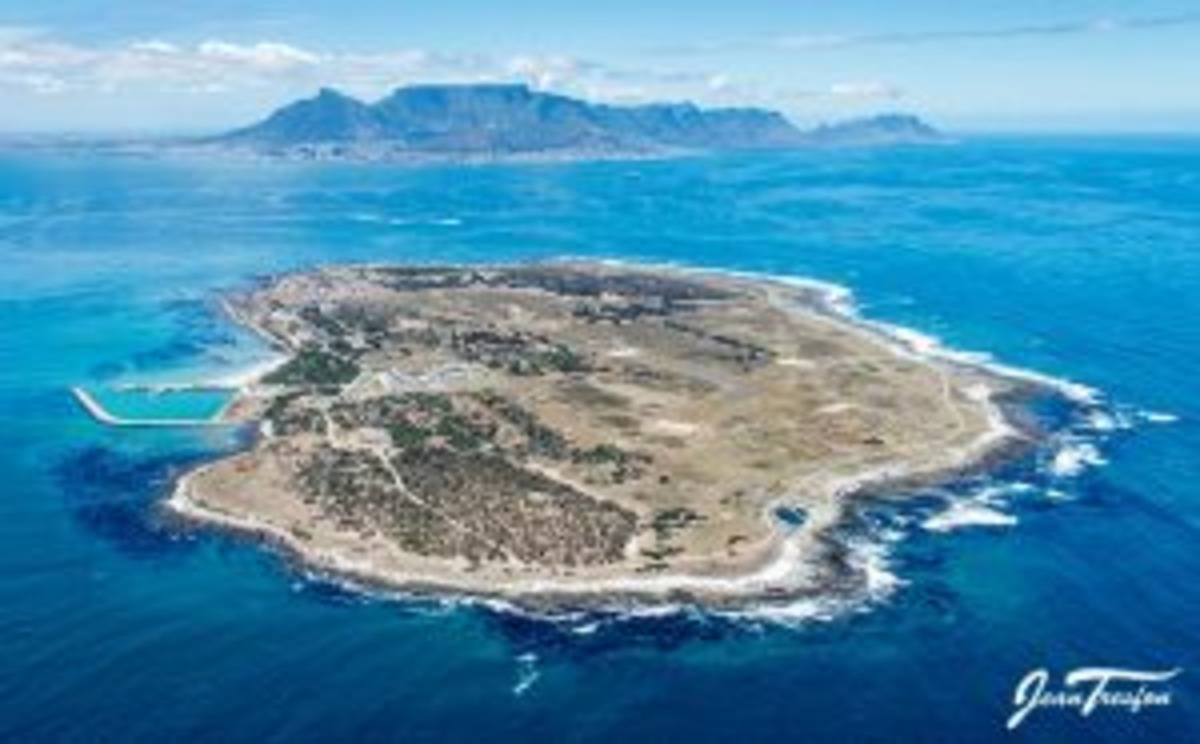
Tourists warned amid safety fears over Robben Island ferry
The Robben Island Museum is under intense scrutiny after reports revealed it ran a ferry despite major safety issues.

The Robben Island Museum (RIM) has come under intense criticism after it emerged that one of its ferries, used during the busy tourist season, had major safety issues that could have put passengers at risk while traveling to the UNESCO World Heritage Site.
The South African Maritime Safety Authority (SAMSA) uncovered serious flaws in the condition of the ferry during its investigation.
The report highlighted inadequate maintenance, poor monitoring of weather conditions, and non-compliance with basic maritime safety protocols.
Notably, the ferry was operated without full awareness of prevailing sea conditions – a factor previously linked to other safety incidents involving RIM ferries.
Operational negligence and public risk
Critics say the findings reflect a deeper issue of operational negligence.
The ferry, tasked with transporting thousands of visitors between Cape Town and Robben Island, was not adequately equipped for the often treacherous waters in the region.
The deployment of inadequate vessels and the lack of improved safety measures have led to growing demands for tighter regulation and more rigorous enforcement of maritime safety protocols.
Following past incidents, RIM had promised to implement several safety enhancements, including better weather monitoring systems and a stricter maintenance regime.
However, the latest SAMSA findings suggest these commitments have not been fully realised.
The museum’s management has yet to issue a comprehensive response, deepening public concern over whether safety is being prioritised adequately.
Calls for accountability and reform
Tourism industry stakeholders and safety advocates are demanding greater transparency and accountability as investigations continue.
They emphasise the need to protect both visitor safety and the reputation of one of South Africa’s most significant historical landmarks.
The incident has reignited discussions about the need for robust governance within heritage institutions and a renewed focus on public safety.
